Structural inequality and temporal brain dynamics across diverse samples
- PMID: 39360669
- PMCID: PMC11447638
- DOI: 10.1002/ctm2.70032
Structural inequality and temporal brain dynamics across diverse samples
Abstract
Background: Structural income inequality - the uneven income distribution across regions or countries - could affect brain structure and function, beyond individual differences. However, the impact of structural income inequality on the brain dynamics and the roles of demographics and cognition in these associations remains unexplored.
Methods: Here, we assessed the impact of structural income inequality, as measured by the Gini coefficient on multiple EEG metrics, while considering the subject-level effects of demographic (age, sex, education) and cognitive factors. Resting-state EEG signals were collected from a diverse sample (countries = 10; healthy individuals = 1394 from Argentina, Brazil, Colombia, Chile, Cuba, Greece, Ireland, Italy, Turkey and United Kingdom). Complexity (fractal dimension, permutation entropy, Wiener entropy, spectral structure variability), power spectral and aperiodic components (1/f slope, knee, offset), as well as graph-theoretic measures were analysed.
Findings: Despite variability in samples, data collection methods, and EEG acquisition parameters, structural inequality systematically predicted electrophysiological brain dynamics, proving to be a more crucial determinant of brain dynamics than individual-level factors. Complexity and aperiodic activity metrics captured better the effects of structural inequality on brain function. Following inequality, age and cognition emerged as the most influential predictors. The overall results provided convergent multimodal metrics of biologic embedding of structural income inequality characterised by less complex signals, increased random asynchronous neural activity, and reduced alpha and beta power, particularly over temporoposterior regions.
Conclusion: These findings might challenge conventional neuroscience approaches that tend to overemphasise the influence of individual-level factors, while neglecting structural factors. Results pave the way for neuroscience-informed public policies aimed at tackling structural inequalities in diverse populations.
Keywords: EEG; brain dynamics; cognition; demographics; individual differences; structural income inequality.
© 2024 The Author(s). Clinical and Translational Medicine published by John Wiley & Sons Australia, Ltd on behalf of Shanghai Institute of Clinical Bioinformatics.
Conflict of interest statement
The authors declare that they have no known competing financial interests or personal relationships that could have appeared to influence the work reported in this paper.
Figures
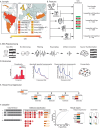
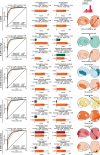
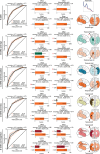
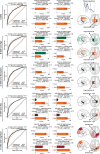
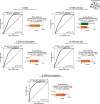
References
-
- Ibáñez A, Legaz A, Ruiz‐Adame M. Addressing the gaps between socioeconomic disparities and biological models of dementia. Brain. 2023;146(9):3561‐3564.
MeSH terms
Grants and funding
- R01 AG075775/AG/NIA NIH HHS/United States
- 1220995/ANID/FONDECYT Regular
- 1210176/ANID/FONDECYT Regular
- TW/FIC NIH HHS/United States
- R01 AG057234/AG/NIA NIH HHS/United States
- 1210195/ANID/FONDECYT Regular
- 15150012/ANID/FONDAP
- Rainwater Charitable Foundation - The Bluefield project to cure FTD, and Global Brain Health Institute
- R01 AG083799/AG/NIA NIH HHS/United States
- R01 AG21051/National Institutes of Aging
- ID20I10152/FONDEF
- ACT210096/ANID/PIA/ANILLOS
- SG-20-725707/ALZ/Alzheimer's Association/United States
- NH/NIH HHS/United States
- BL-SRGP2020-02/Latin American Brain Health Institute (BrainLat) Seed
LinkOut - more resources
Full Text Sources
